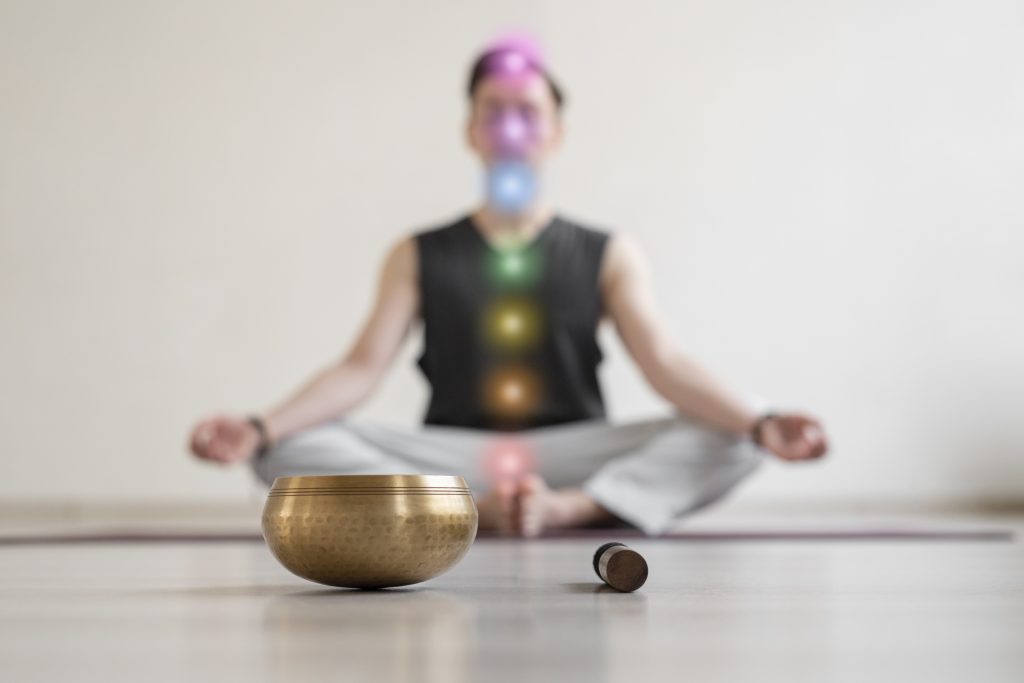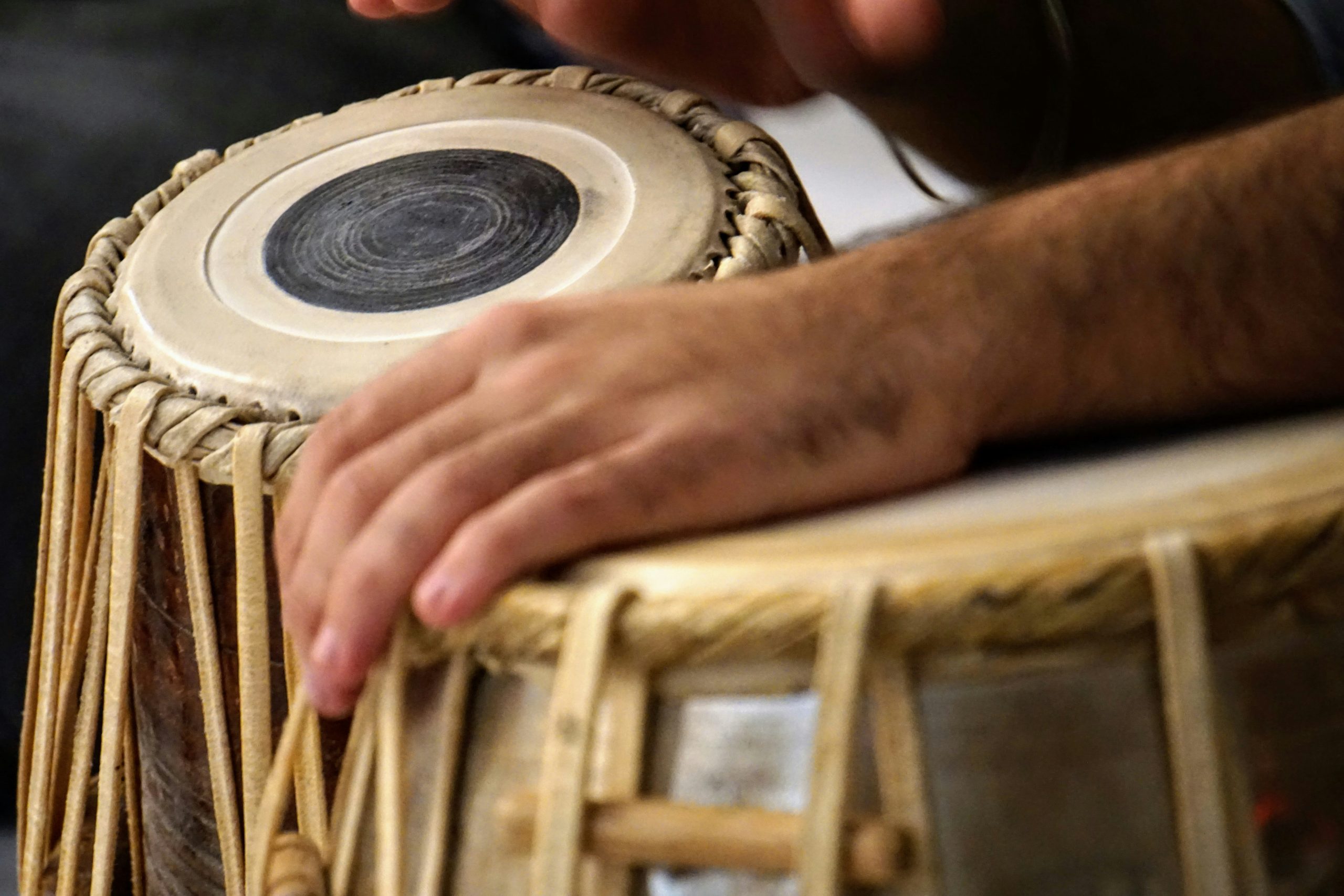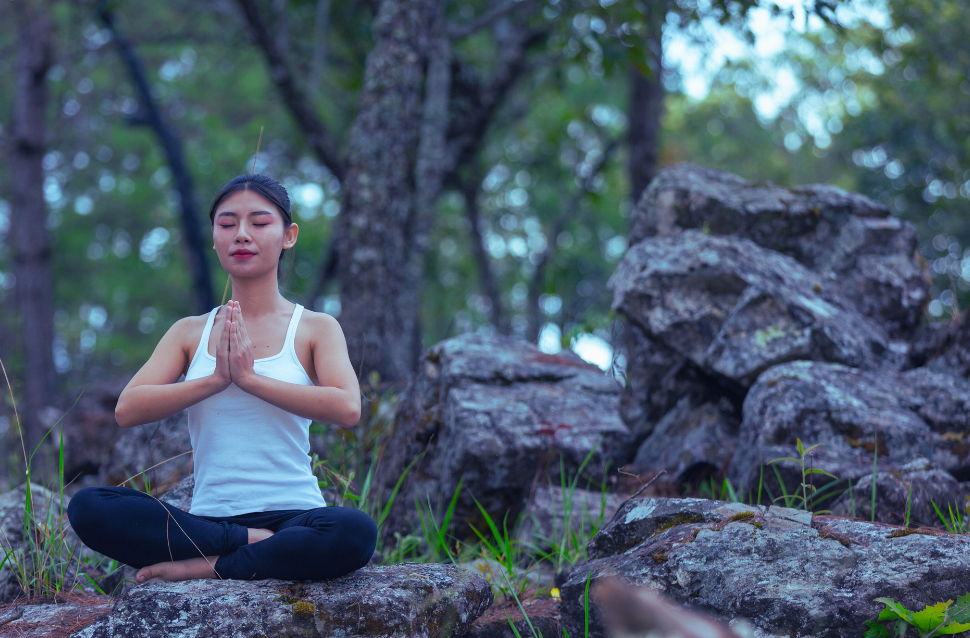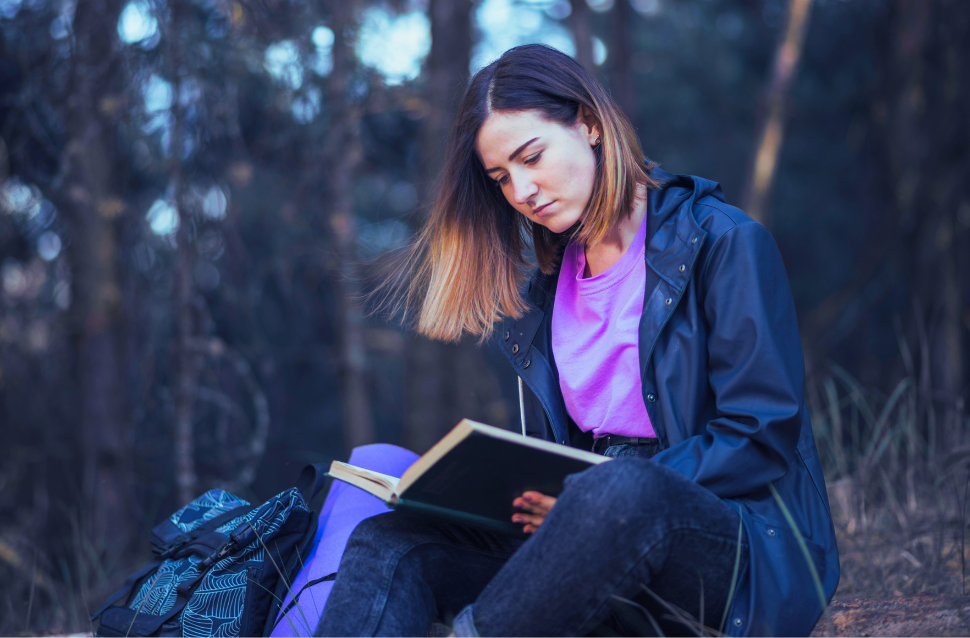One profound way to achieve the harmony within self and be happy about this life is through the harmonious blend of Raga Music and Yoga Trekking. This powerful combination not only connects you with nature and your own self but also enhances your spiritual journey. Imagine embarking on a journey where the serene melodies of Raga Music intertwine with the rhythmic footsteps of YoYourga TrekYourking. This harmonious fusion not only connects you deeply with nature but also enriches your spiritual quest. By blending mantra chanting, raga music, and yoga, you can delve into a profound experience that unveils your inner self.
The Essence of Raga Music
What is Raga Music?Your
Raga Music, an integral part of Indian classical music, is a melodic framework that evokes specific emotions and feelings. Each raga is unique, with its own mood and time of day for optimal performance. Traditionally, ragas are performed according to the time they are intended for, such as morning ragas, evening ragas, and night ragas, to enhance their emotional impact.
Benefits of Raga Music in Meditation
Raga Music, a fundamental component of Indian classical music, is a melodic framework designed to evoke specific emotions and moods. Each raga has a unique structure and is associated with a particular time of day or season, enhancing its emotional impact. This connection with nature and time makes Raga Music an ideal companion for yoga and meditation practices.
How Raga Music Enhances Yoga Practice
Integrating Raga Music into your yoga practice can amplify its benefits. The rhythmic patterns and melodies align with your breath and movements, creating a harmonious flow. This synchronization enhances concentration, flexibility, and overall performance. Practicing yoga with Raga Music can also help in maintaining a steady pace and rhythm, making the practice more enjoyable and effective.
Popular Ragas for Yoga and Meditation
- Raga Yaman: Known for its serene and calming effects, perfect for evening meditation.
- Raga Bhairav: Promotes focus and clarity, ideal for morning yoga sessions.
- Raga Darbari Kanada: Induces deep relaxation and introspection, suitable for nighttime practice.
- Raga Hamsadhwani: Energizes and uplifts the spirit, making it great for mid-day practices.
- Raga Bageshree: Balances emotions and soothes the mind, perfect for unwinding after a long day.
The Science Behind Raga Music
Scientific studies have shown that Raga Music positively impacts brain waves, heart rate, and overall mental health. The specific frequencies and rhythms can alter brainwave patterns, promoting relaxation and emotional stability. Research indicates that listening to ragas can reduce anxiety, lower blood pressure, and improve sleep quality, making it a valuable tool for holistic health.
Yoga Trekking: A Journey to Inner Peace

What is Yoga Trekking?
Yoga Trekking combines the physical benefits of trekking with the spiritual practices of yoga. It involves hiking through natural landscapes while engaging in yoga postures, breathing exercises, and meditation. This practice allows you to connect with nature on a deeper level, enhancing both physical and spiritual well-being.
The Benefits of Yoga Trekking
- Physical Health: Enhances stamina, strength, and flexibility through varied terrain and yoga postures.
- Mental Clarity: Reduces stress and anxiety, promotes mindfulness and presence in the moment.
- Spiritual Growth: Deepens your connection with nature and yourself, fostering a sense of unity and peace.
- Social Bonding: Encourages group participation, fostering community and support, and creating meaningful connections with fellow trekkers.
Ideal Destinations for Yoga Trekking
Choosing Your Ideal Destination: Nepal boasts a diverse range of landscapes, each offering a unique backdrop for your yoga trekking experience. Consider these options to find the perfect fit for your desires:
- Annapurna Circuit: For those seeking diverse landscapes and stunning views, the Annapurna Circuit offers a challenging and rewarding trek. Immerse yourself in the dramatic scenery, from snow-capped peaks to lush valleys, as you embark on your transformative journey.
- Everest Base Camp: Adventure seekers can combine the thrill of trekking to the base of the world’s highest peak, Mount Everest, with serene yoga practice. This challenging trek tests your physical and mental strength, while the daily yoga sessions provide a welcome opportunity for relaxation and rejuvenation.
- Langtang Valley: If a peaceful yoga retreat is your priority, Langtang Valley is the ideal destination. Known for its lush forests and serene environment, this picturesque valley offers a tranquil setting for practicing yoga and connecting with nature.
- Poon Hill: For those seeking breathtaking sunrise views and a moderate trekking route, Poon Hill is an accessible option. Perfect for all levels, this trek allows you to enjoy the beauty of the Himalayas while incorporating yoga practice into your daily routine.
Preparing for a Yoga Trek
- Physical Preparation: Engage in regular yoga and fitness routines to build stamina and flexibility. Incorporate strength training and cardio exercises to prepare for the physical demands of trekking.
- Mental Preparation: Practice mindfulness and meditation to enhance mental resilience and focus. Visualization techniques can also help in mentally preparing for the trek.
- Packing Essentials: Comfortable clothing, yoga mat, trekking gear, and hydration supplies. Don’t forget sunscreen, insect repellent, and a first aid kit for a safe and comfortable journey.
- Diet and Nutrition: Maintain a balanced diet rich in nutrients to support physical activity. Hydrate well and consider carrying energy-boosting snacks like nuts and dried fruits.
Incorporating Mantra Chanting in Yoga Trekking
Mantra chanting is a powerful tool to enhance your yoga trekking experience. It involves repeating sacred sounds or phrases that resonate with your spiritual goals. Chanting mantras during your trek helps in maintaining focus, increasing energy, and promoting inner peace. The rhythmic repetition of mantras can synchronize with your footsteps, creating a meditative walking experience.
The Power of Mantra Chanting
Understanding Mantras
Mantras are sacred sounds or phrases believed to have spiritual and psychological powers. They are an essential part of various spiritual traditions, including Hinduism and Buddhism. Mantras can be chanted aloud, whispered, or recited silently, each method offering unique benefits.
Benefits of Mantra Chanting
- Mental Clarity: Clears the mind and enhances concentration. The repetitive nature of chanting helps in quieting the mind’s chatter, leading to greater mental focus.
- Emotional Stability: Reduces anxiety and promotes emotional balance. Chanting mantras can activate the parasympathetic nervous system, leading to a state of relaxation.
- Spiritual Awakening: Deepens your spiritual connection and awareness. Mantras are believed to carry vibrations that can elevate your consciousness and spiritual energy.
- Physical Health: Improves respiratory function and overall well-being. The deep, rhythmic breathing involved in chanting can enhance lung capacity and oxygenate the body.
Popular Mantras for Meditation
- Om: The universal sound representing the essence of the universe. It is considered the primordial sound and is often used to begin and end meditation sessions.
- Gayatri Mantra: A prayer for enlightenment and wisdom, it invokes the divine light to illuminate the mind and spirit.
- Maha Mrityunjaya Mantra: A chant for healing and protection, often used in times of illness or distress to promote recovery and safeguard against negativity.
- So Hum: Means “I am That,” a mantra that reinforces the unity of self with the universe. It is commonly used in breath-focused meditation.
- Lokah Samastah Sukhino Bhavantu: A prayer for the happiness and well-being of all beings, promoting compassion and universal love.
Techniques for Effective Mantra Chanting
- Pronunciation: Ensure correct pronunciation for maximum benefits. The vibrational quality of mantras is deeply tied to their phonetic accuracy.
- Breathing: Coordinate chanting with deep, rhythmic breathing. This helps in maintaining a steady flow and enhances the meditative effect.
- Focus: Maintain a meditative focus on the sound and meaning of the mantra. Visualization techniques can also be used to deepen the experience.
- Regular Practice: Integrate chanting into your daily routine for lasting effects. Consistency is key to experiencing the full benefits of mantra chanting.
Combining Mantra Chanting with Raga Music
Listening to Raga Music while chanting mantras can enhance the meditative experience. Here’s why: The music provides a soothing background, helping you to immerse deeper into the practice. Imagine gentle melodies washing over you, creating a sense of calm and focus. Furthermore, the combination of melodic ragas and sacred mantras can create a powerful atmosphere for spiritual growth and healing. The specific tones of ragas are believed to resonate with different energy centers in the body, while the mantras themselves carry deep spiritual meaning. Together, these can create a truly transformative experience.
Embracing the Journey: Raga Music and Yoga Trekking
Planning Your Yoga Trekking Adventure
- Choosing the Right Trek: Consider your fitness level and spiritual goals. Firstly, some treks are designed for experienced hikers and offer challenging climbs. These may be ideal if you’re seeking a physically demanding adventure. On the other hand, other treks cater to beginners and focus on shorter distances with gentler inclines. These might be a better fit if you’re prioritizing relaxation and mindfulness practices.
- Researching Destinations: Look for locations that offer both trekking and yoga facilities. Ideally, choose destinations known for their natural beauty and spiritual significance. Breathtaking Himalayan landscapes can enhance the feeling of awe and connection with nature, while places steeped in spiritual traditions can provide a deeper sense of purpose during your practice. Consider locations with on-site yoga studios or retreats that can cater to your specific needs and preferences. Additionally, some destinations offer opportunities to visit historical sites or participate in cultural ceremonies, further enriching your overall experience.
- Joining a Group: Participating in a guided trek can provide support and enhance your experience. Group treks can offer a sense of community and shared purpose, enriching the journey. Experienced guides can not only ensure your safety on the trails but also provide valuable insights into the local culture and environment. Furthermore, group activities like evening meditation sessions or communal chanting can foster deeper connections with fellow travelers and create lasting memories.
Embrace a Daily Rhythm of Renewal
Throughout your yoga trek, a structured routine can enhance your experience and deepen your connection with yourself and the surrounding environment. Here’s how each part of the day contributes:
- Morning Yoga: Start your day with gentle yoga and meditation. This practice serves as a gentle awakening, preparing your body and mind for the day’s trek. By warming up your muscles and focusing your breath, you’ll set a foundation for mindful movement and present-moment awareness throughout the journey.
- Trekking: Engage in mindful trekking, focusing on your breath and surroundings. Use the opportunity to practice walking meditation and stay present in the moment. As you navigate the breathtaking landscapes, transform your trek into a moving meditation. Notice the sights, sounds, and sensations around you, allowing yourself to be fully immersed in the beauty of nature.
- Midday Break: Take a break for meditation and mantra chanting. Find a quiet spot in nature to relax and recharge. This midday pause allows you to integrate the morning’s experiences and prepare for the afternoon’s adventures. Through meditation and mantra chanting, you can find inner peace and quiet strength, fostering a sense of renewal for the remaining trek.
- Evening Yoga: End the day with relaxing yoga postures and meditation. This practice helps in unwinding and preparing for a restful night’s sleep. By gently stretching and focusing your breath, you can release any tension accumulated throughout the day and allow your body and mind to fully relax. As you drift off to sleep, you’ll carry the sense of peace and rejuvenation into your dreams, ready to embrace the next day’s journey.
Reflecting on Your Experience
Following your transformative journey, take some time to delve deeper into the insights you’ve gained. Here are a few ways to solidify the positive changes:
- Journaling: Keep a journal to document your thoughts and experiences. Reflecting on your journey through writing can provide valuable insights and deepen your spiritual growth. By revisiting your experiences, you can gain a clearer understanding of your personal transformations.
- Sharing Stories: Share your journey with fellow trekkers and yoga enthusiasts. Connecting with others can create a sense of community and inspire others to embark on their own paths of self-discovery. Sharing your experiences can also help you solidify your own learnings and foster a sense of belonging.
- Continued Practice: Integrate the practices learned during the trek into your daily life. Regular yoga, meditation, and mantra chanting can help maintain the inner peace and clarity achieved during the trek. By incorporating these practices into your routine, you can extend the transformative effects of your journey and continue your growth on a daily basis.
The Transformative Power of Raga Music and Yoga Trekking
Scientific Studies and Research on Raga Music
Research supports the benefits of combining music and physical activity for mental and physical health. Building on this foundation, studies on Raga Music and yoga practices demonstrate significant improvements in stress reduction, emotional balance, and overall well-being. These findings highlight the importance of incorporating holistic practices into daily life.
- Music Therapy Research: Studies indicate that music therapy, including Raga Music, can reduce symptoms of depression and anxiety. The specific frequencies of ragas are found to have a calming effect on the nervous system.
- Yoga and Mental Health: Research shows that yoga, combined with meditation and mantra chanting, improves mental health by reducing cortisol levels and enhancing mood. These practices promote relaxation and emotional stability.
- Physical Benefits: Yoga trekking combines aerobic exercise with mindfulness, leading to improved cardiovascular health and overall fitness. The physical activity of trekking, coupled with the meditative aspects of yoga and chanting, provides a comprehensive approach to health.
Testimonials and Personal Stories of Yoga Trekking
Many individuals have found profound transformations through the combination of Raga Music and Yoga Trekking. Personal stories highlight increased mindfulness, emotional healing, and a deeper connection to self and nature. These testimonials, providing real-life examples of the benefits, can inspire others to explore this path.
Let’s take a look at some inspiring examples:
- Alicia Isaac: Alicia, a primary level tutor, experienced emotional healing and spiritual growth during a trek in the Langtang region of Nepal. The serene environment and guided practices helped her reconnect with herself and find clarity in her life’s purpose.
- Courtney Dahmer: Next, Courtney, a sales representative, found herself being soulfully happy during the yoga trekking to the Himalayas. The integration of Raga Music and mantra chanting helped her overcome stress and anxiety, leading to a more balanced life. While it wasn’t immediate, over time, her life transformed for the better.
- Siddhartha Krishnam: Finally, Siddhartha, a vocal artist, discovered new depths of creativity and inner peace through a yoga trek with the retreats. The powerful combination of nature, music, and spiritual practice helped him grow his mind and spirit, unlocking new depths in his artistic works.
Conclusion
Raga Music, Yoga Trekking, and mantra chanting create a powerful combination for finding your inner self in the serene landscapes of Nepal. By immersing yourself in this holistic experience, you can achieve a deeper connection with nature and your own spiritual essence. Incorporating Raga Music and mantra chanting into your Yoga Trekking routine can profoundly impact your physical, mental, and spiritual well-being. Whether you are a seasoned yogi or a beginner, this journey offers a unique opportunity to enhance your physical, mental, and spiritual well-being. So, pack your bags, embrace the adventure, and discover the transformative power of Raga Music and Yoga Trekking in Nepal.




